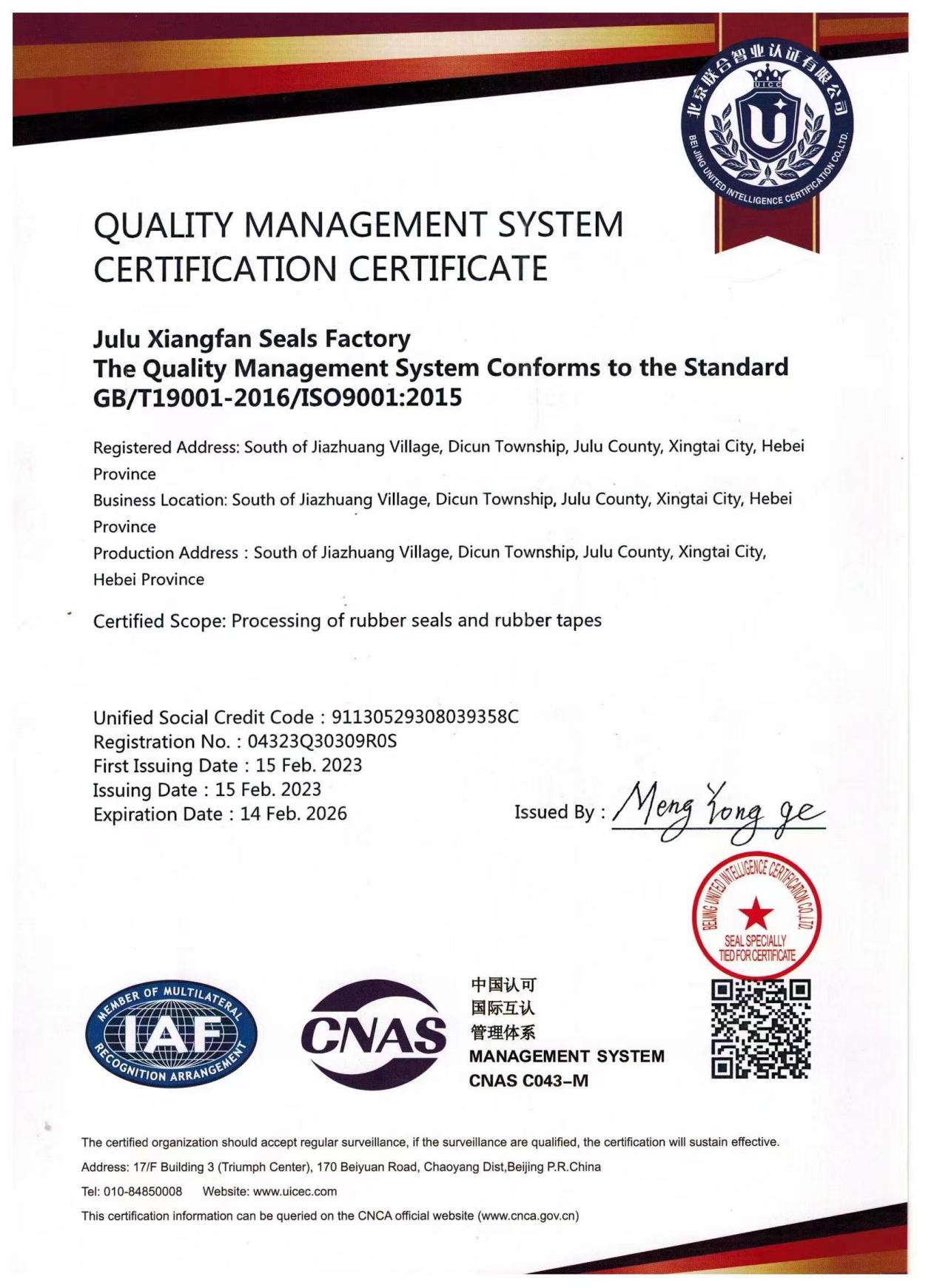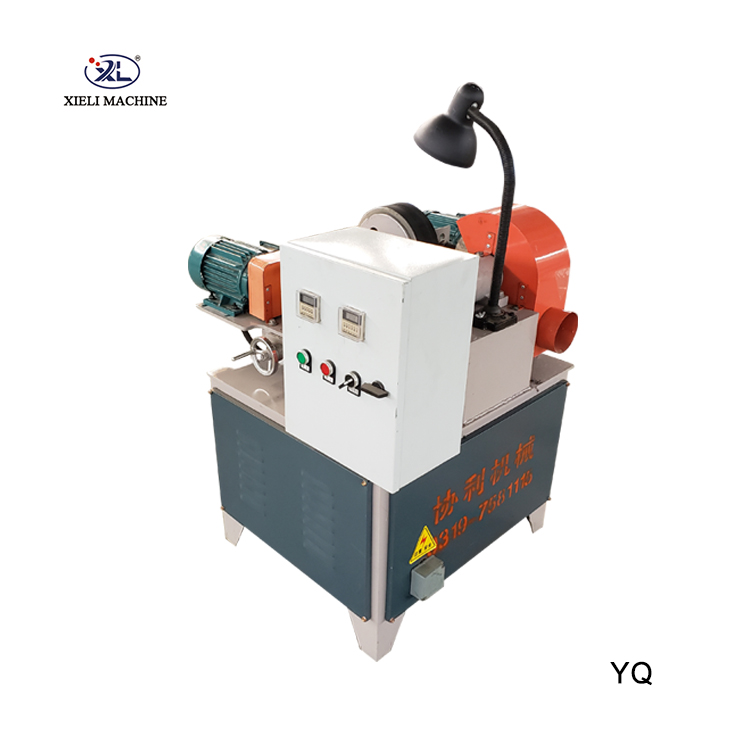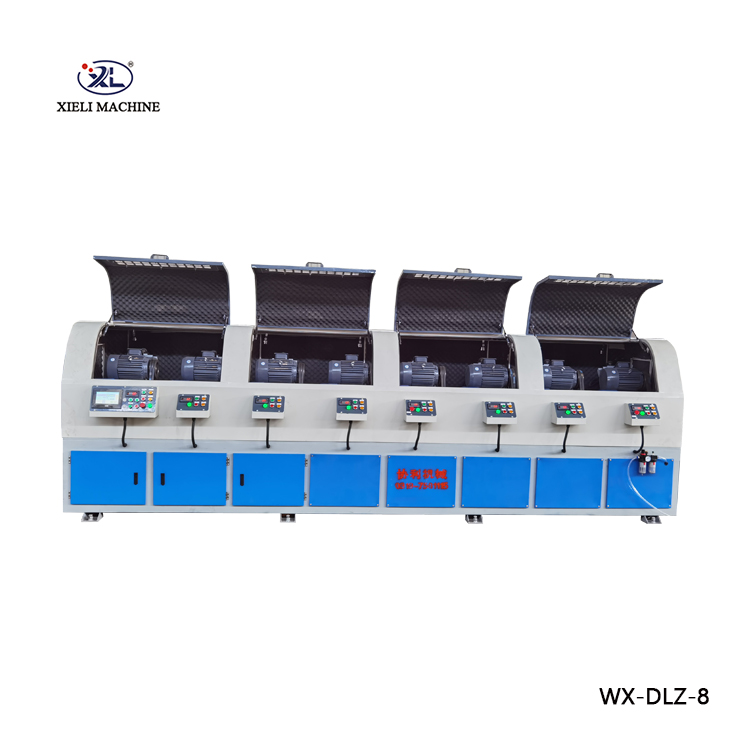The Evolution of OEM Centerless Grinder Automation
In today’s fast-paced manufacturing landscape, the push for enhanced productivity, precision, and efficiency has led to significant advancements in machinery and production processes. One of the pivotal developments in this context is the automation of OEM (Original Equipment Manufacturer) centerless grinders. This technology not only improves throughput but also ensures consistent quality and reduces operator intervention, marking a transformative shift in grinding operations.
Understanding Centerless Grinding
Centerless grinding is a highly efficient manufacturing process used for producing cylindrical shapes with tight tolerances and excellent surface finishes. Unlike traditional methods, centerless grinding eliminates the need for a fixture to hold the workpiece. Instead, the grinding is achieved through a combination of a grinding wheel, a regulating wheel, and the workpiece, which is free to rotate during the process. This unique setup allows for continuous feeding of parts, making it ideal for high-volume production.
The Role of OEMs in Grinding Automation
OEMs play a crucial role in the advancement of centerless grinding technology. They design and manufacture machines that integrate sophisticated automation features, enhancing the capabilities of traditional grinding. Automation not only includes the mechanization of the grinding process but also encompasses elements such as part feeding, inspection, and even packaging. With the increasing demand for precision-engineered components across various industries, OEMs have made it their mission to develop grinding machines that meet these challenges.
Key Advantages of Automation in Centerless Grinding
1. Increased Efficiency Automated centerless grinders can operate continuously, reducing downtime associated with manual loading and unloading of parts. This leads to higher output in shorter periods, thereby improving overall productivity.
2. Enhanced Precision Automation technologies, such as computer numerical control (CNC), allow for precise adjustments to grinding parameters. This results in improved dimensional accuracy and surface finish, essential for meeting stringent quality standards.
3. Reduced Labor Costs While initial investments in automated systems may be significant, the long-term savings from reduced labor costs cannot be overlooked. Automation minimizes the need for skilled operators on the shop floor, allowing manufacturers to allocate human resources to more critical functions.
oem centerless grinder automation

4. Consistency and Quality Control Automated systems can incorporate real-time monitoring and feedback mechanisms that ensure consistent quality throughout the production process. Any deviations from specified standards can be detected and addressed immediately, reducing waste and rework.
5. Flexibility Modern OEM centerless grinders are designed with flexibility in mind. They can be programmed to accommodate various part sizes and geometries without extensive downtime for changeovers. This adaptability is increasingly important in a market that demands quick responses to custom orders.
Challenges and Considerations
Despite the numerous benefits associated with automation in centerless grinding, OEMs must carefully navigate several challenges. The cost of initial investment in high-tech machinery can be prohibitive for small manufacturers. Additionally, integrating automation into existing production lines may require significant modifications, which can lead to production delays.
Another critical consideration is the need for ongoing maintenance and the training of personnel to operate and troubleshoot automated systems. As technology advances, workers must stay updated on the latest machinery features and best practices to maximize the ROI on their investments.
The Future of Centerless Grinder Automation
Looking ahead, the future of OEM centerless grinder automation appears bright. Emerging technologies such as artificial intelligence, machine learning, and the Internet of Things (IoT) are poised to take automation in grinding operations to the next level. These technologies will enable predictive maintenance, further enhance process monitoring, and allow for even greater customization in production.
Moreover, as industries continue to evolve and the demand for high-quality, precision-engineered components rises, the role of automated centerless grinders will become increasingly vital. Manufacturers who invest in these technologies will not only gain a competitive advantage but also position themselves as leaders in a rapidly changing marketplace.
In conclusion, OEM centerless grinder automation represents a significant advancement in manufacturing technology. With its myriad advantages, including increased efficiency, enhanced precision, and reduced labor costs, it is no surprise that this technology is gaining traction across various industries. As manufacturers look toward the future, embracing automation will undoubtedly be a key strategy for success.





